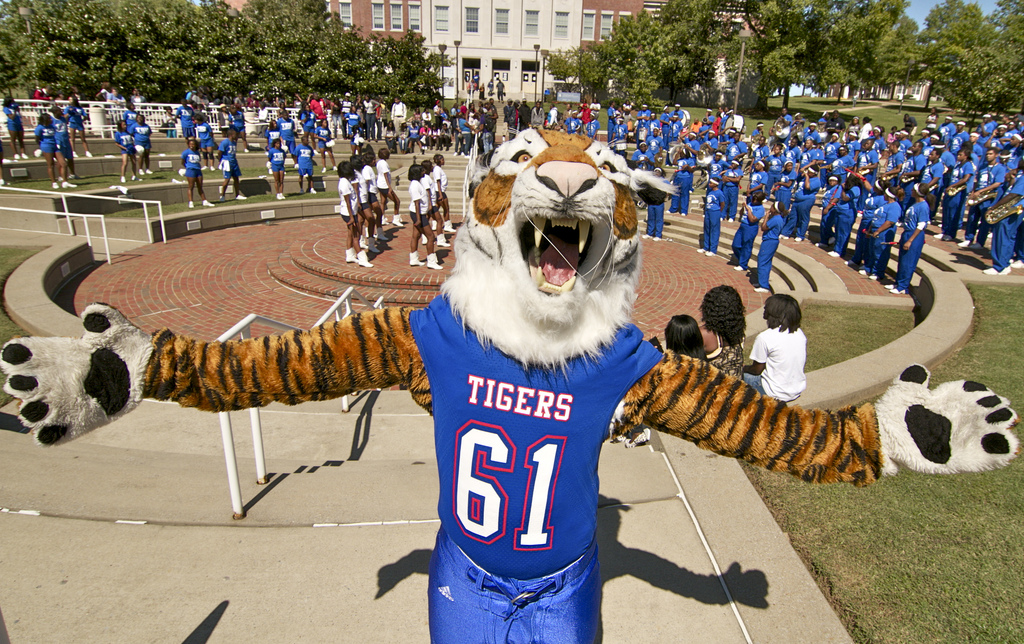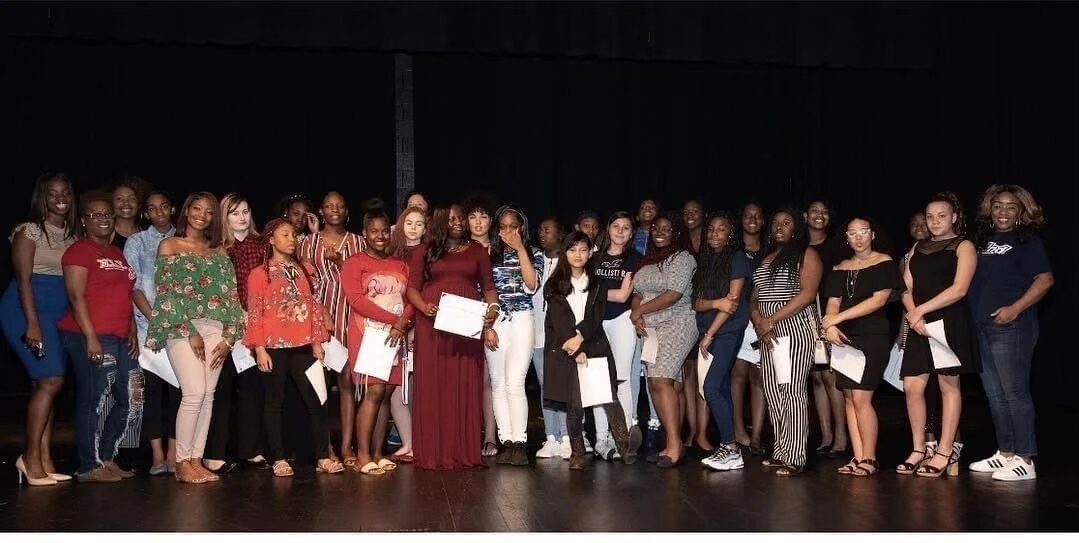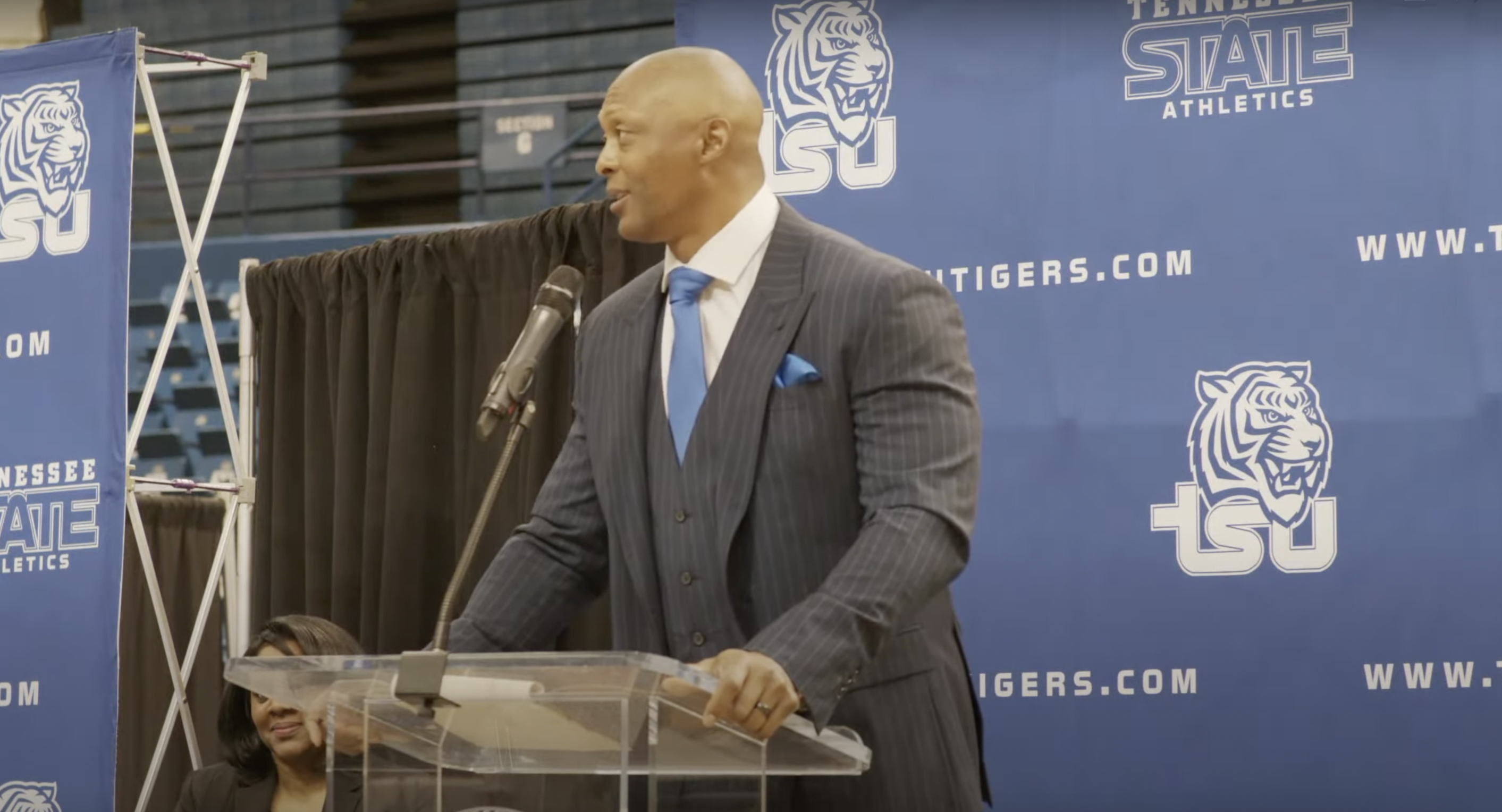By LEE JOHNSON | Nashville Voice
Sixty years after the launch of the Nashville sit-ins, a leading theoretician and tactician of nonviolence within the civil rights movement says the practice is still effective.
James Lawson, described by the Rev. Martin Luther King, Jr., as the leading nonviolence theorist in the world, trained many of the future leaders of the movement, among them Diane Nash, John Lewis, Bernard Lafayette, and Marion Barry.
In 1959 and 1960, they and other Lawson-trained activists launched the Nashville sit-ins to challenge segregation in downtown stores.
In a recent interview with Nashville Voice, Lawson was asked about the effort to remove the bust of Nathan Bedford Forrest from the state Capitol. Over the last couple of months, several groups have rallied and petitioned to have the bust of the Confederate general and first Ku Klux Klan grand wizard removed.
The bust has been on display at the Capitol since 1978, but calls for its removal have been renewed in recent years amid a national debate about Confederate monuments and flags.
On Feb. 21, one of the groups, comprised of mostly college students, staged a sit-in in the office of House Speaker Glen Casada after the Republican lawmaker ignored several of their attempts for a meeting.
Members of the group sat on the floor of the office and held up sheets of paper inscribed with phrases like, “Retire Jim Crow,” and “Systemic Racism is Immoral.” The group stayed there almost two hours until a representative for Casada promised to schedule a meeting with them and the speaker.
Lawson said he understands the desire to remove the Forrest bust and believes it should be taken down. He lauded the nonviolent effort of the students, which he believes is still a more effective approach than violence.
“I advocate for it,” said Lawson, who lives in Los Angeles and is active in the labor movement, and movements for reproductive choice and gay rights. “I still teach it.”
Lawson said he hopes the group will also tackle other issues, like inequality in health care, pay wages, and voting rights.
“Black young people need to be focused on how they can continue the dismantling of the structures of racism,” Lawson said. “Our movement of the 60s was but the first stage. The second, third, fourth, fifth, sixth stages have not been implemented.”
Eric Holness, a divinity student at Vanderbilt University, is part of the group of mostly students. He said the group does plan to address other issues but decided to start with the bust because it’s such a blatant display of racism.
“There are those who choose to believe that racism doesn’t exist,” Holness said. “This bust is a symbol of the racism and legacy of Tennessee, and other southern states in this country.”
Randy Cook, one of several white members of the group, said he was once on the other side of the bust argument because he didn’t want to “whitewash history.” But he said his mindset changed after a conversation with a good friend, who is black.
Cook said his friend knew he was close to his grandfather, so he posed the question: “What if every time you walked pass something, you felt like your grandfather was insulted? How would that feel to you?”
The friend’s words resonated with Cook.
“I completely flipped over and said no,” Cook recalled. “Yes, this is part of our history. But as a citizen, I don’t want to be part of anything that insults my fellow citizens. And if African-Americans say this is offensive, because of what it represents, then let’s move it.”









